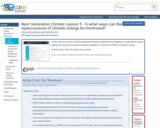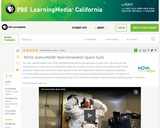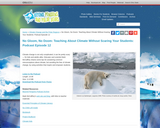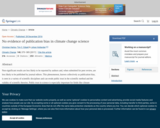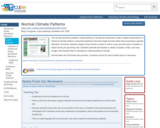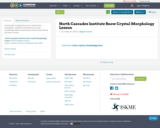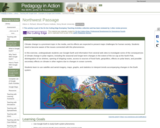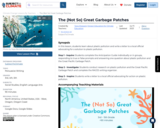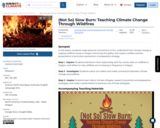SYNOPSIS: In this lesson, students learn about plastic pollution and write a letter to a local official advocating for a solution to plastic pollution.
SCIENTIST NOTES: The impact of plastic pollution and how it ends up in the ocean is underscored in this lesson. The video, accompanying materials, and class activity will spur students to engage in ocean clean-up exercises and advocate for responsible consumption and bans for single-use plastic. All the materials in the lesson are well-cited, and this lesson has passed our science credibility process.
POSITIVES:
-This lesson empowers students to take concrete action by contacting a local official advocating for immediate action on plastic pollution.
-This lesson may debunk some myths about plastic pollution, including the importance of plastic straws in global plastic pollution.
ADDITIONAL PREREQUISITES:
-It is important for students to understand the global context of plastic recycling. Only 9% of global plastic is recycled. The rest is mismanaged, landfilled, or incinerated.
-It is also important for students to understand that more than half of oceanic plastic pollution is made up of discarded fishing gear. While much emphasis is placed on individual behavior change (e.g., replacing plastic bags with canvas bags, carrying a reusable water bottle, etc.), one can argue that the best individual action you can take is to reduce or eliminate seafood consumption. This would decrease fishing in the oceans and the amount of discarded fishing gear dumped in the ocean.
-Students may find the answers to only some of the true/false questions on the Anticipation Guide by the time you reveal the answers at the end of the Investigate section. That is OK. You can still reveal the answers and move on.
-When students are drafting their letters to local officials, make sure they know that Oregon's single-use plastic bag ban went into effect on January 1, 2020. There is no need to advocate for banning single-use plastic bags, as that is already the law in Oregon.
DIFFERENTIATION:
-Some of the suggested resources in the Investigate section are more complex and might be better for higher-level students. These include Our World in Data’s Plastic Pollution website, the video titled How Much Plastic Is in the Ocean?, and the video titled Trash Island: Is It a Myth?
-When revealing the answers to the Anticipation Guide, you may have students tally their correct answers. The student with the most correct answers from the beginning of the lesson can be declared the winner.
-One possible extension is for students to draw a simple map of their local waterway and its path to the Pacific Ocean. Students can include a paragraph about how trash travels in waterways and describe a land-based solution to help prevent trash from entering waterways.
-There are ways to extend or adapt the Inspire section of this lesson. Here are some suggestions:
-Students can mail or hand-deliver their letters to local officials.
-Students can deliver a speech at a local government event (e.g., a city council meeting) advocating for more action on plastic pollution.
-Students can write letters to state or federal officials instead of local officials.
-Students can advocate for systemic change in their schools. Ideas include banning some or all single-use plastic packaging in the cafeteria, removing vending machines from school that sell beverages in single-use bottles, or changing school policies regarding birthdays or holidays such as Halloween or Valentine’s Day (e.g., banning single-use plastic candy, banning cheap plastic toys, banning balloons, etc.).
-Students can educate teachers or students in other grades about the problem of plastic pollution through speeches or posters displayed in common spaces throughout the school.

